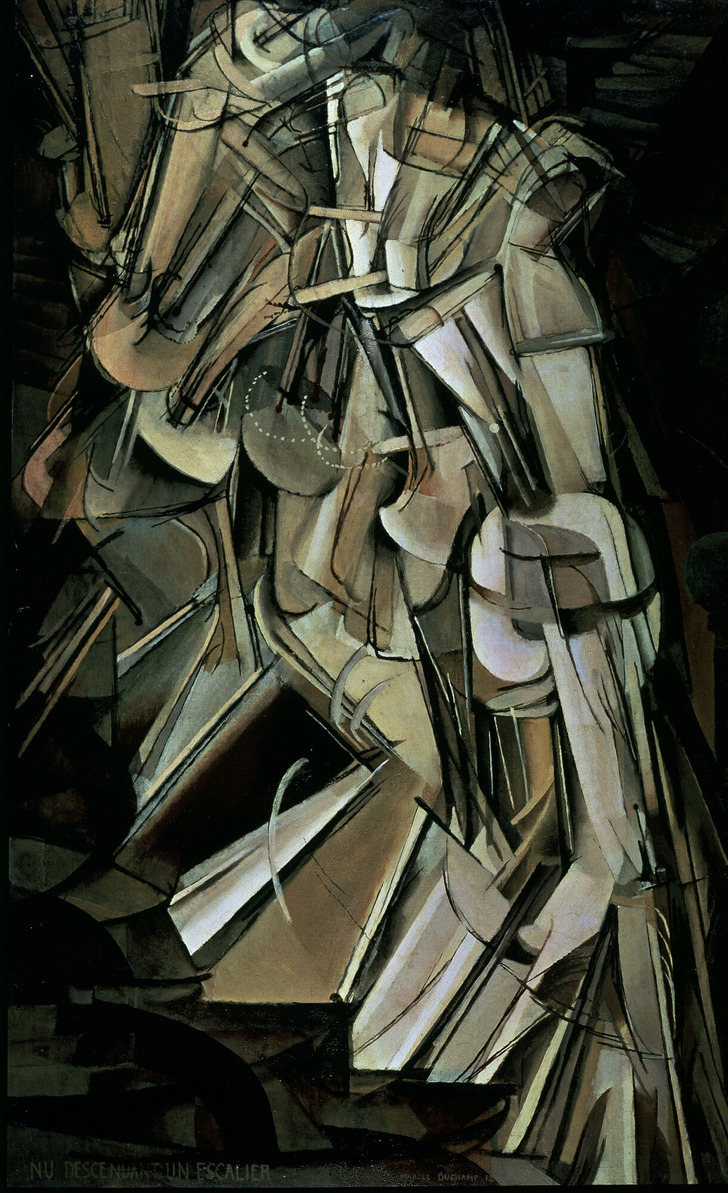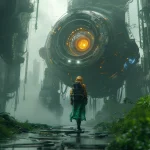Visual art defies traditional limits by combining time and movement. This dynamic synthesis encourages spectators to engage in an ever-changing discussion with the artwork. Artists employ change, motion, and the passage of time to generate fascinating, thought-provoking, and aesthetically pleasing encounters. Time and movement-inspired art, such as kinetic sculptures, time-lapse photography, and transformative installations, challenges our perceptions. It challenges us to extend our gaze beyond the static and admire the dynamic narratives that art has to offer. By interacting with evolving artworks, audiences remain on an exceptional experience; The journey alters their conception of art’s capacity. By doing so, it demonstrates the delicate dance of ephemeral and eternal. The present investigation into time and movement gives up new avenues for creativity, encouraging us to witness the development of time via the artist’s perspective.
The Dance of Lines and Forms: Suggesting Movement
Even in seemingly motionless paintings and drawings, artists may convey a strong feeling of movement. Techniques like diagonal lines, overlapping forms, and contrasting colors provide visual energy that implies movement and dynamic. Futurism, an early twentieth-century art movement, is an excellent instance. Artists such as Umberto Boccioni employed fragmented shapes and blurred lines to reflect the world of today’s rapid speed.
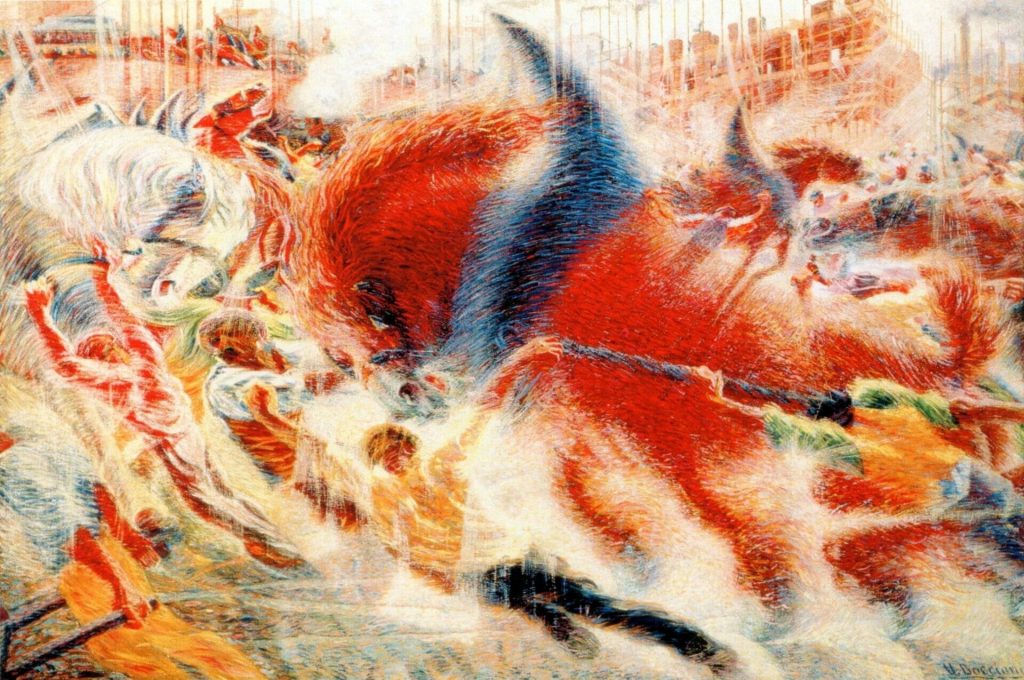
Kinetic Sculptures: Bringing art to Life
Kinetic sculptures are completely liberated from the constraints of static sculpture. These sculptures involve movement as a vital element of the artwork. Alexander Calder’s mobiles, with their whimsical dance in the air currents, reflect this premise. Other kinetic sculptures use motors or wind power to provide a captivating performance, eroding the distinction between art and machine.
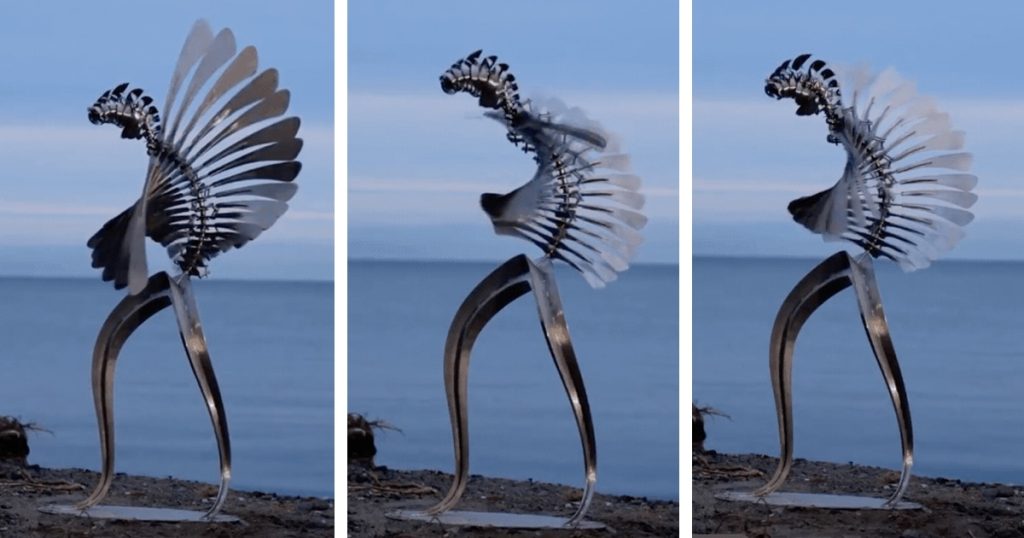
Time-Lapse Photography: Condensing Time
Photography, which often catches a single split second, may be used to highlight the flow of time. Time-Lapse photography shrinks hours, days, or even years into a brief period, permitting viewers to observe the blooming of a flower, the fast pace of a metropolis, or the shifting motion of celestial bodies in the night sky.

Performance art: The Ephemeral Experience
Performance art elevates the notion of time and movement to an entirely different level. In these works, the art progresses as time passes, with the physical form of the artist and actions frequently serving as the primary focus. The experience is intrinsically transient, existing only at the moment of production. Marina Abramovic’s endurance performances, that push her physical and mental borders, are famous instances of performance art.
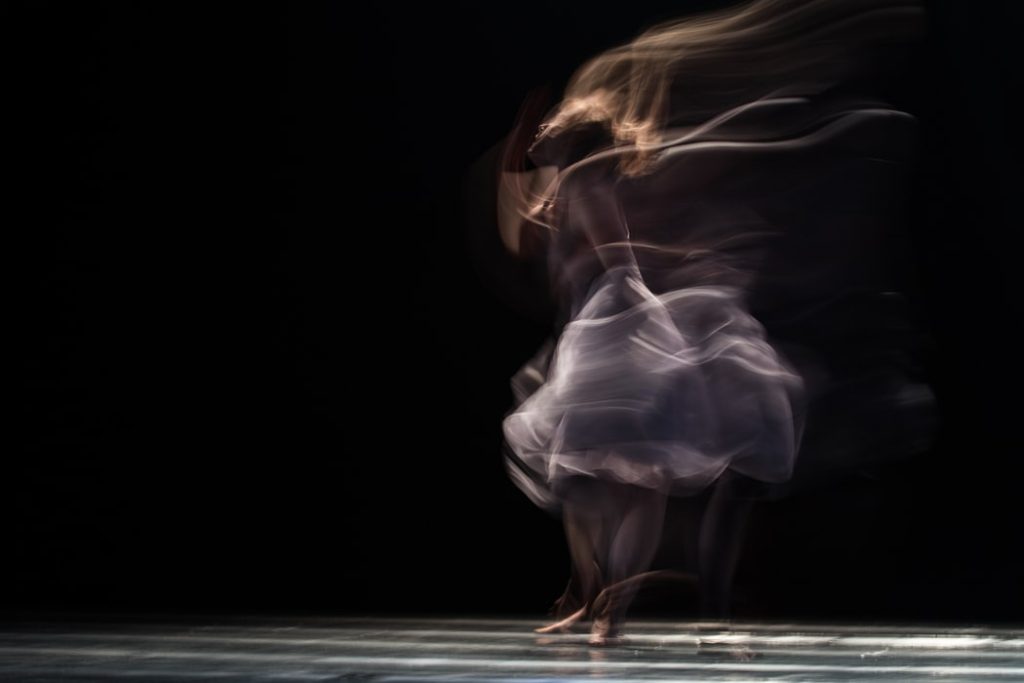
Installations: Evolving Spaces
Art installations can alter whole areas, and they frequently include components that evolve and expand over time. Sand, water, and light may be used to create an ever-changing environment that encourages viewers in order to examine the artwork at various phases. Some installations additionally communicate with the audience, altering form in response to visitor movement or engagement.
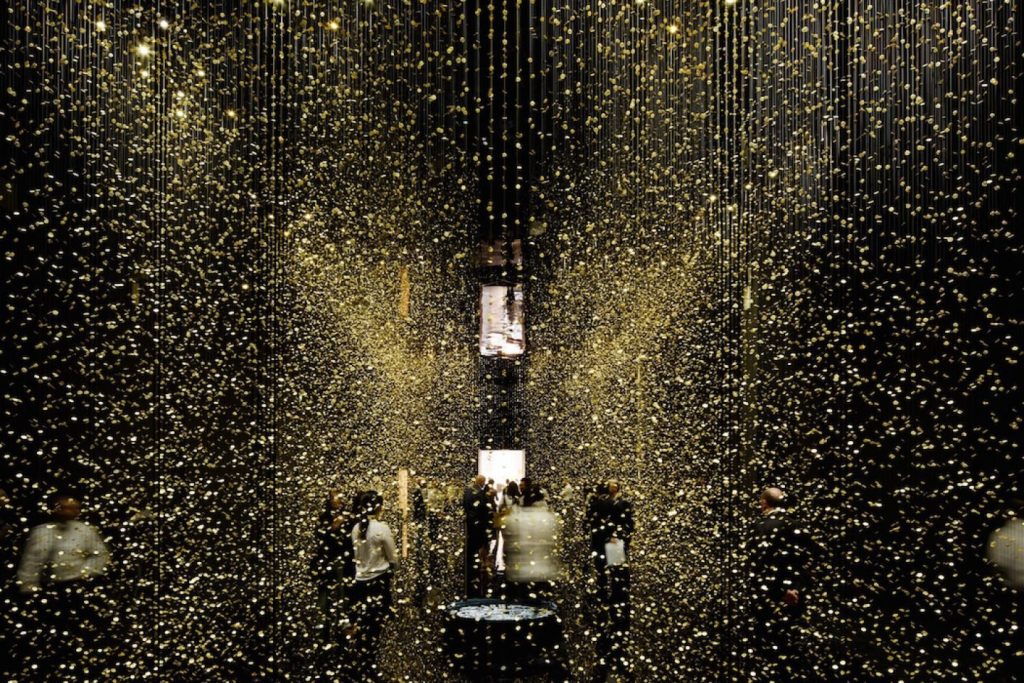
A Dialogue with Time: The Enduring Power
These artistic expressions that integrate time and movement defy our traditional understandings of art. They urge us to think about the artwork not as a finished object, but as an evolving experience that expands over time. Interacting with these works of art makes us more conscious of the passing of time and fleeting nature of everything.
The exploration of time and movement in art demonstrates boundless inventiveness. Artists step over predefined bounds, providing fresh insights. This voyage broadens our awareness of the the world. Dynamic artworks defy traditional thinking inviting us to recognize the complex nature of life. By combining time and motion, artists produce experiences that elicit thinking and emotion. These artworks serve as a reminder of the transience and beauty of life. As we interact with these dynamic expressions, our connectedness to the evolving circumstances strengthens. This investigation is more than simply about art; it is a reflection on existence. These artistic attempts motivate us to enjoy every moment. A journey through time and movement in art continues to engage and captivate. It serves as a monument to human inventiveness and the ever-changing story of existence.

